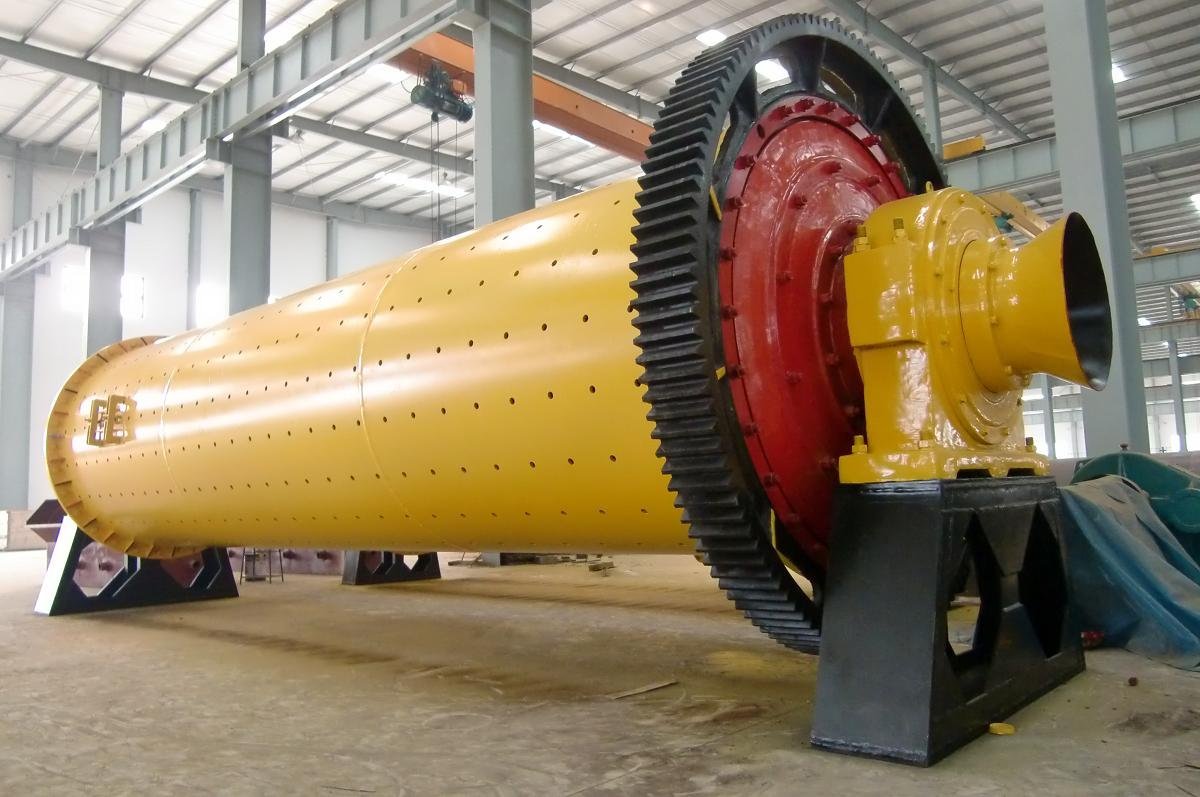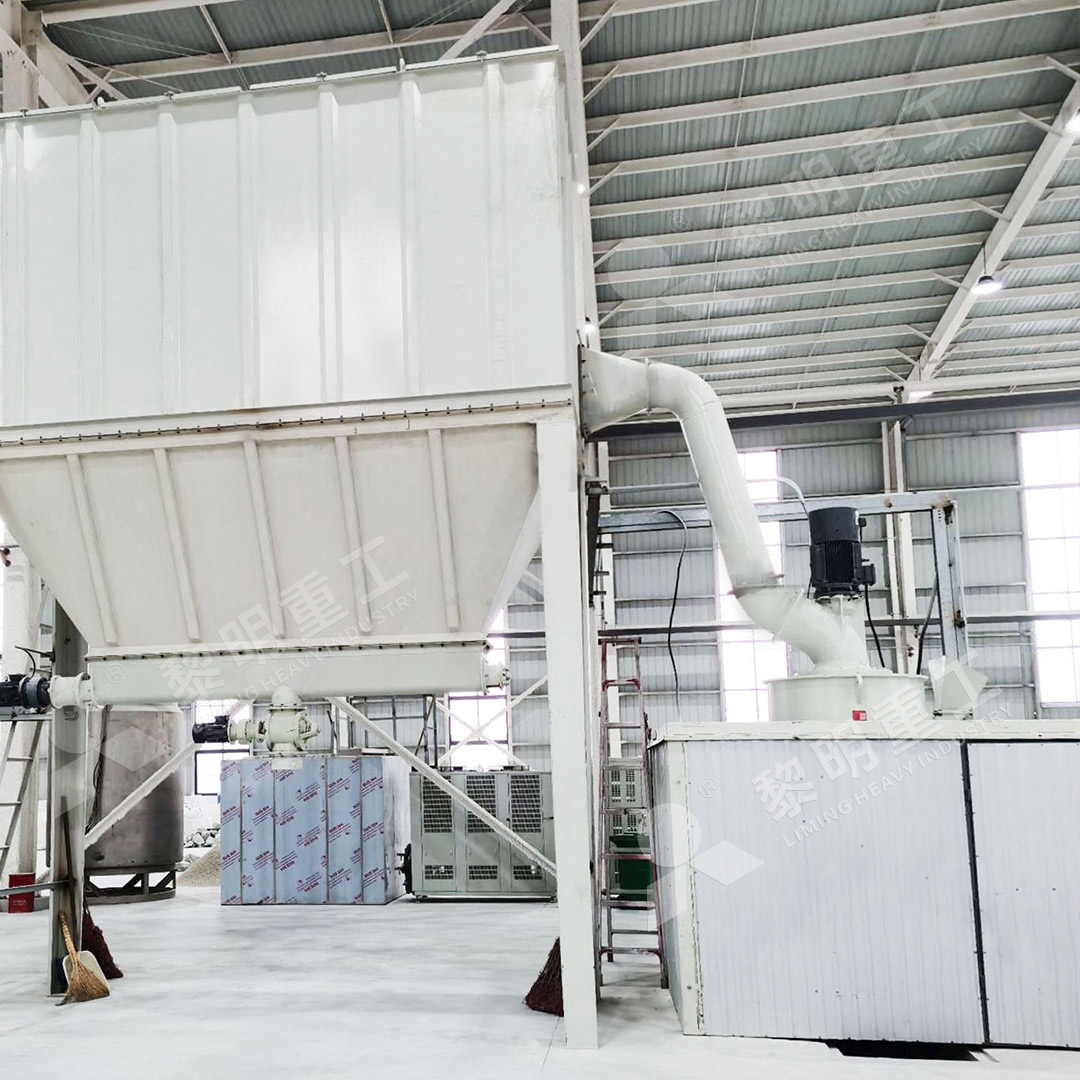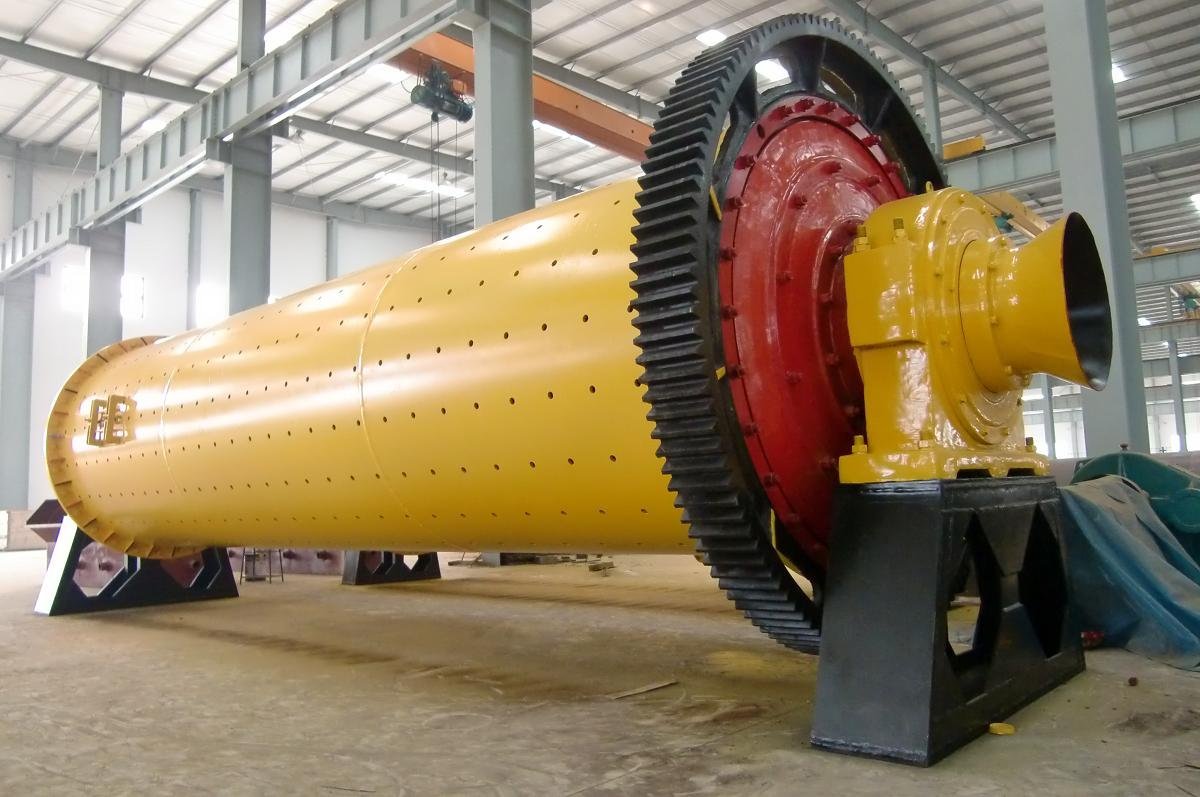Ball Mill Manufacturing Process for Cement Plants: Design, Production, and Installation
Ball Mill Manufacturing Process for Cement Plants: Design, Production, and Installation
Ball mills have long been the workhorses of the cement industry, providing reliable and efficient grinding of clinker and other raw materials. The manufacturing process for these critical pieces of equipment requires precision engineering, robust materials, and a deep understanding of the harsh operating conditions within a cement plant.
Design & Engineering: The Foundation of Reliability
The design phase is paramount. Our engineers utilize advanced Finite Element Analysis (FEA) to simulate stress points, thermal expansion, and load distribution. This ensures the mill’s structural integrity under continous, heavy-duty operation. Key components like the girth gear, trunnions, and mill heads are designed for maximum durability. The lining system—comprising diaphragms, lifters, and classifying liners—is meticulously designed to optimize the grinding media trajectory and material flow for peak efficiency.

Production & Fabrication: Precision in Every Weld
Production begins with high-quality, certified steel plates. These are precision-cut using CNC plasma cutters to ensure dimensional accuracy. The cylindrical shell sections are rolled and welded using submerged arc welding (SAW) techniques, followed by non-destructive testing (NDT) like ultrasonic or radiographic testing to guarantee weld integrity. Critical areas like the flange connections for the girth gear are machined on large boring mills to achieve the perfect fit and alignment essential for smooth operation.
Beyond Tradition: Modern Grinding Solutions
While ball mills are incredibly effective, modern cement plants often seek even greater efficiency, especially for producing ultra-fine materials or reducing overall energy consumption. For applications requiring superior fineness and lower operational costs, we highly recommend considering our MW Ultrafine Grinding Mill. This advanced mill is engineered for customers who need to make ultra-fine powder, boasting features like higher yielding with lower energy consumption. It’s equipped with an efficient pulse dust collector and muffler, significantly reducing dust and noise, making the entire production process more environmentally friendly. With an adjustable fineness between 325-2500 meshes and a unique design that eliminates rolling bearings and screws in the grinding chamber, it offers worry-free, eco-friendly operation for materials like limestone, calcite, and gypsum.

Assembly & Quality Assurance
Before dispatch, the mill undergoes rigorous pre-assembly. The trunnion bearings, girth gear, and pinion are meticulously aligned to prevent premature wear. The entire assembly is trial-run to check for vibrations, noise levels, and bearing temperatures. Every mill leaves our facility with a comprehensive quality assurance certificate, ensuring it meets all international standards.
Installation & Commissioning: Expert Support On-Site
Proper installation is crucial. Our team of experienced engineers provides on-site supervision to guide the foundation preparation, alignment, and assembly. We assist with the precise positioning of the mill on the sole plates and the final alignment of the drive system. Commissioning involves loading the grinding media, starting the system, and fine-tuning the operational parameters to achieve the desired product fineness and output.

From initial design to final commissioning, our holistic approach to ball mill manufacturing ensures that cement producers receive a robust, efficient, and long-lasting grinding solution, backed by decades of engineering expertise and a commitment to innovation. For specialized needs, our LUM Ultrafine Vertical Grinding Mill, which integrates grinding, grading, and transporting, presents another excellent, energy-saving alternative for superfine dry powder production.
